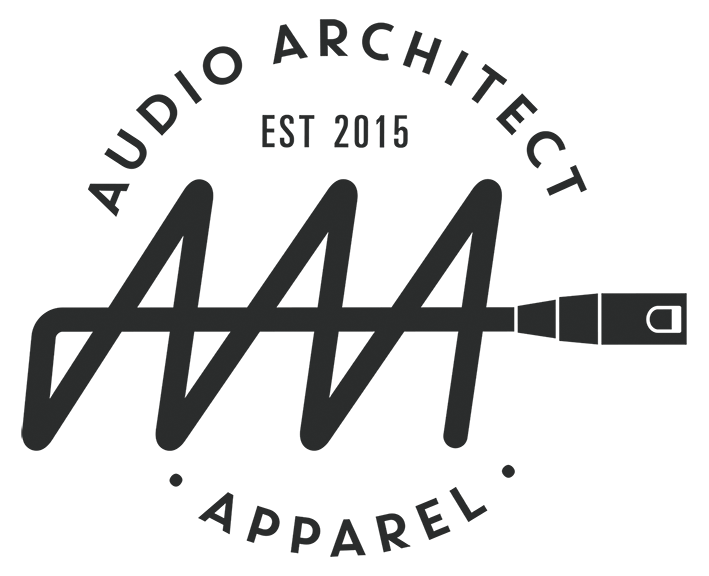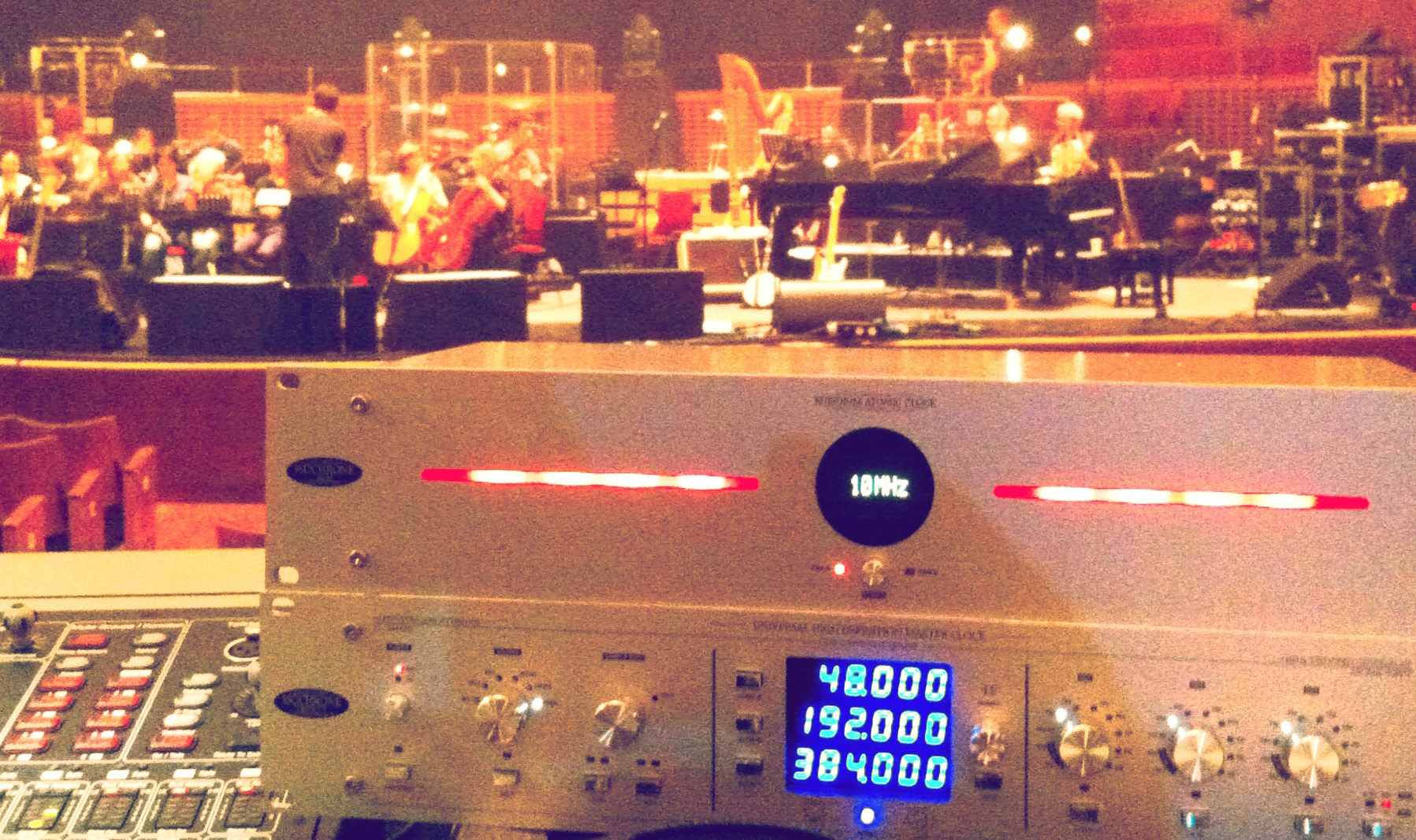The Art Of Clocking: Initial
Dave Swallow
In the dated art deco grandeur of Liverpool’s Philharmonic Hall, we decided to wheel out this atomic clock I have been carrying around with me for a few days. I’ve been waiting for the right time, and turns out that the second day, the first, of which was yesterday, went so well it was time to see if what this unit actually does. We are now 6 shows into the tour, the mix has settled nicely down, and the band are playing better and better each night. Time to see if we can add a little extra polish…
Right, now I’m not going to do a product review, for reasons that will be made clear in a few months, but I’m going to talk about our initial findings.
The entire audio department have no idea what clocking will do, but we are all looking at this as an experiment. We have the time and the resources to give this a proper test, so, insert the Atomic Clock.
We played a few different tracks, the brushes on one of the tracks went from being brushes hitting a snare drum, to individual bits of the brush hitting the snare drum. The choir on another track when from being a choir to lots of individual voices singing in unison. This has turned definition into high-definition.
The outcome has left me with 2 questions;
How easy is it going to be to mix with? After all, we can now hear all the mistakes in the mix, and no one wants to hear mistakes.
The second question is, is it worth the price tag? Or is there a better way to spend your money and get the same results or even better…

